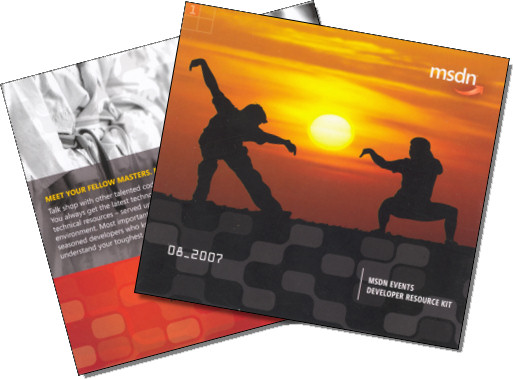The Bungee Email Safety Feature
I proposed this idea in various conversations something like 10 years ago, before there were blogs and such. Perhaps it’s time to voice it again in this forum where any techno-entrepreneur can stumble upon it and, if we’re all lucky, run with it to some success.
Today, for the third time in as many weeks, I was the recipient of an email regretfully sent just nanoseconds after the “Send” button had been clicked. (Today’s blunder, it must be stated, was exacerbated by the “Reply All” button, but I don’t have a solution to that problem.) None rose above the level of “Major Oooops”, but we’ve all heard stories where such events have ended careers, relationships and governments to small countries. (Just kidding about that last one.)
For people caught up in the anger of the moment, too drunk to practice self restraint in front of a keyboard or those who just can’t get the hang of thinking about consequences, I propose The Bungee Email Safety Feature.
It’s simple. If you’re one of those people who feel a strong, irresistible urge to defiantly, compulsively, decidedly or with malice of forethought click the “Send” button regardless (you know who you are), then this safety feature is for you. The way it works is the email client would have a setting whereby a user could specify a number of minutes/hours/days (depending on a particular users safety threshold) that have to pass before any and all email messages they “send” are actually released into the wild. After clicking the “Send” button, their messages would sit safely in the send queue until such time the wait period had passed.
With this feature, once the sender has cooled off, found wisdom or sobered up, he can easily open up his send queue and disarm the ticking time bomb placed there prior to having attained enlightenment. And, of course, if he decides to send that message anyway, he can always cut the bungee chord. Sometimes, there’s satisfaction in that as well.
Posted by GPE @ 4:09 pm Comments are off for this post
Tags: Behavior and Psychology • Science and Technology • Software • Writing


